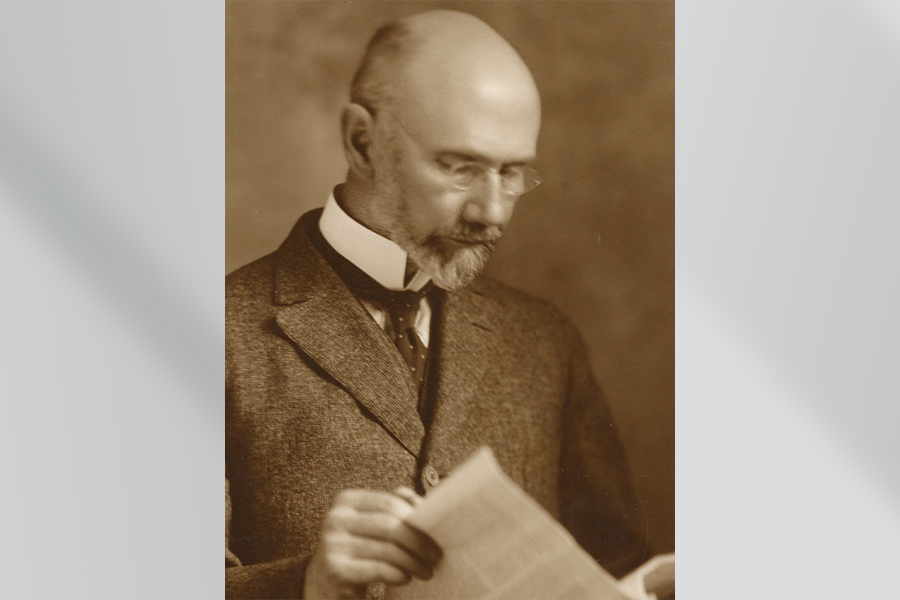The late UNMC ophthalmologist Stanley Truhlsen, MD, once wrote a biographical article about Harold Gifford Sr., MD, describing the legendary ophthalmologist as dynamic and eccentric.
Dr. Gifford also was a generous, intellectually curious and gifted man who left a mark not just on ophthalmology but also on the Omaha community.
Dr. Gifford was born in Milwaukee in 1858. He received his medical degree from the University of Michigan in 1882. He pursued postgraduate studies in New York, Vienna, Erlangen, Heidelberg and Zurich. Dr. Gifford came to Omaha in 1886 to join a partnership with Lynn Graddy, MD, in the Nebraska Eye and Ear Infirmary, the first Nebraska public hospital dedicated to ear and eye disorders.
Dr. Gifford also taught ophthalmology and otology at the Omaha Medical College, the precursor to the University of Nebraska College of Medicine, serving as the dean of faculty from 1895-1898. He taught ophthalmology and chaired the University of Nebraska College of Medicine department from 1903 to 1925. He served as the associate dean from 1902 to 1911.
Dr. Gifford was a talented surgeon practicing out of Methodist Hospital. He enjoyed an extensive private practice with patients traveling long distances from across Nebraska and neighboring states. He also enjoyed lab research, especially related to the bacteriology of the eye, and built a lab at his home, just off the dining room.
Dr. Gifford reported the first case of Parinaud’s conjunctivitis in the United States. He was responsible for concluding that the bacterium pneumococcus caused acute conjunctivitis. He also was an authority on trachoma and sympathetic ophthalmia. The “Gifford sign,” an aid in diagnosing exophthalmic goiter, was named for him. His name also was given to the forceps he invented.
As Dr. Truhlsen pointed out, Dr. Gifford was an eccentric person. He was a voracious reader, reading four English language journals, two French journals and three German journals. He would read the journals standing at a desk, walking up and down the stairs in his home or sitting cross-legged on the floor to prevent himself from falling asleep. He gave himself, his assistants and his children pink eye to study its contagious nature. He even believed in the therapeutic power of consuming Vaseline. At his property, Gifford Farm, he created a nine-hole personal golf course.
Dr. Gifford enjoyed botany and ornithology, the study of birds. Through his generosity, he donated land to Fontenelle Forest and Gifford Park. He also significantly contributed to Methodist Hospital.
Dr. Gifford’s legacy extended into the next generation, as Gifford’s sons, Sanford and Harold Jr., also became ophthalmologists. Harold Gifford Jr., MD, was appointed chair of the UNMC department in 1964.
The senior Dr. Gifford would be pleased to see the growth in ophthalmology at UNMC.

What is the therapeutic power of consuming Vaseline? I think we need more information on that subject 🙂 He sounds like a fascinating person.